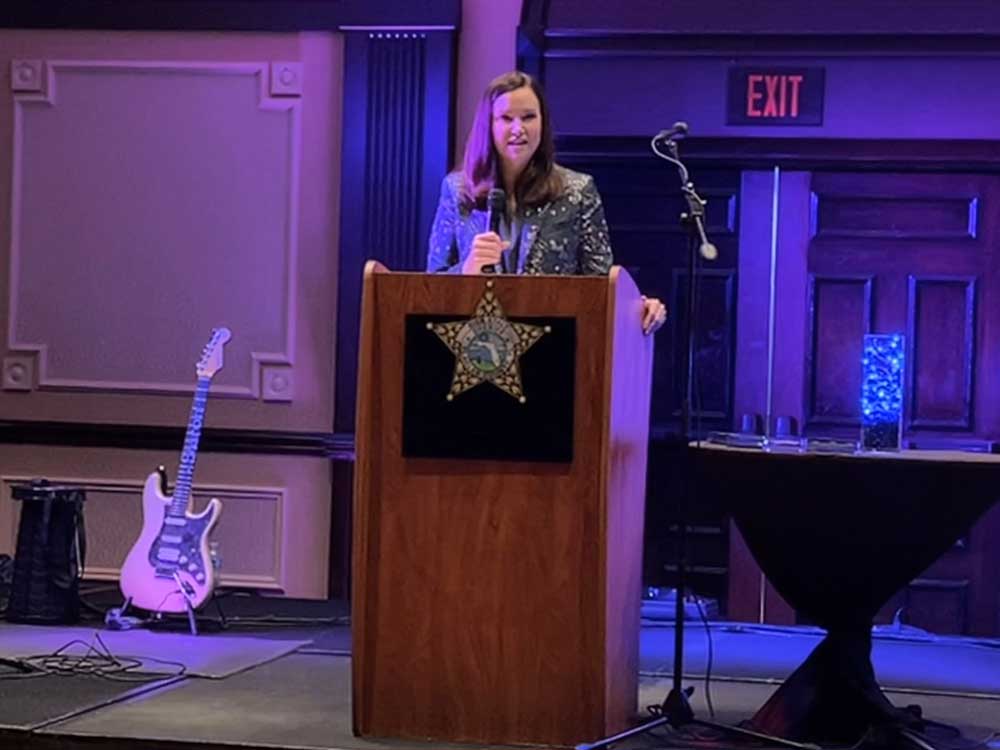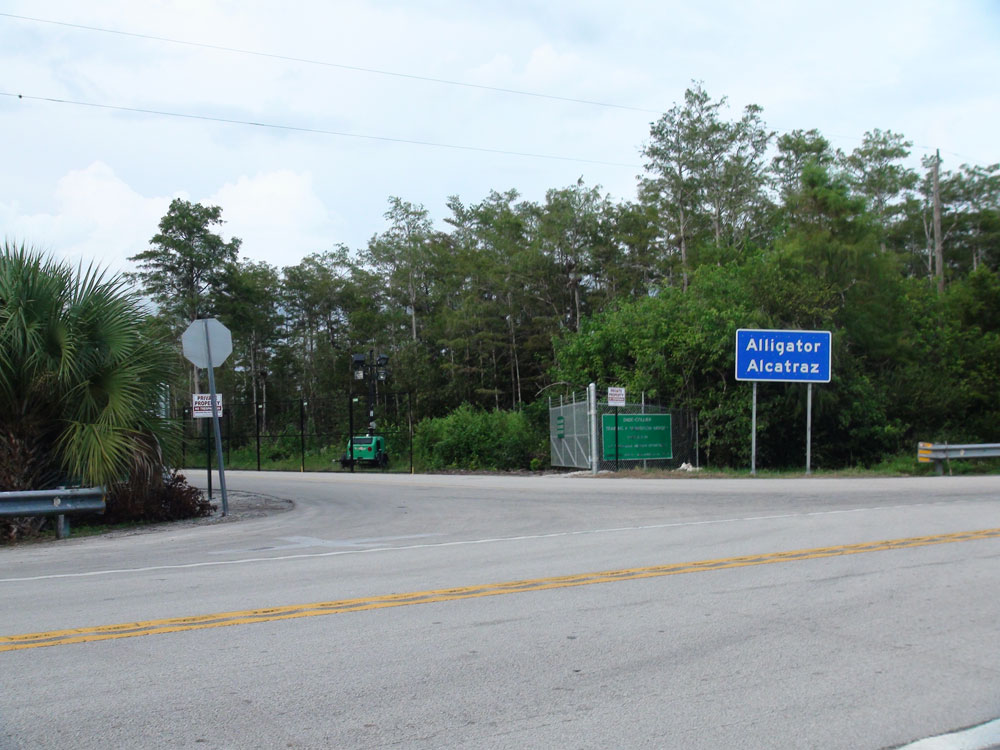For years, Flagler Beach has received an annual grant from the county that covers half of the cost of the city’s lifeguard program. However, Flagler County Administrator Heidi Peito is seeking to stop this award. Without such funding, the city could have to spread out its lifeguard towers more widely or reduce the 15-block area of shoreline that is guarded, which would lengthen the response times for drowning or distress situations. The possibility that the city may continue funding the program independently is being questioned by at least one city commissioner.
According to data provided to the US Lifesaving Association, Flagler Beach’s 31 lifeguards performed 241 rescues and 1,800 preventive actions last year, with no drownings.
Since the county and the city signed a cooperative agreement in 2017, guaranteeing that the county would provide half of the cash, lifeguards have performed 1,132 rescues and there have been no drownings in the beach’s guarded areas.
Since 2009, the first year of USLA data, there have been no drownings along the patrolled beaches. By comparison, during that time, seven drownings have occurred in unsecured areas of Flagler County beaches. According to the USLA, the odds of drowning off a protected beach are 1 in 18 million.
In her presentation to the County Commission today, Petito referred to the loss of next year’s $106,000 award as part of 1.4 million in operational savings improvements.
Flagler Beach commissioners were astounded if the county commissioners were taken aback. The plan was unknown to all four of the people interviewed today.
Commissioner Scott Spradley stated that cutting lifeguard funding in Flagler County would be extremely regrettable. In order to prevent storm erosion on our county beaches, we are already frantically trying to secure funds for beach upkeep. It is a terrible idea to consider potentially reducing the area of patrolled beaches during a period of unparalleled population increase. Trimming the budget to eliminate needless funding is something I strongly support. However, beach safety financing is a need, not an extravagance.
Earlier this week, Commission Chair James Sherman phoned with City Manager Dale Martin to inquire if the manager had addressed with the county the potential of increasing lifeguard coverage to accommodate the growing population, rather than to discuss Petito’s proposal, of which he was unaware. My worry was that our lifeguards would be overloaded with visitors to our lifeguard-manned beaches, Sherman added, referring specifically to our north where there are parks for casual beachgoers.
According to Petito, she informed Martin about her intentions during lunch two weeks ago so he wouldn’t be taken aback. Only salaries are covered by the county’s contribution; equipment and other program requirements are not.
When I informed him about the cut and that it had been discussed, Petito stated that he didn’t think it would have a big effect and that, in his opinion, it would only mean that he would reduce the coverage of the Flagler Beach lifeguard area if he didn’t have the necessary funds. Therefore, it didn’t appear that this was a major disadvantage. I told him about the possible reduction so that he would be aware of it during his budget preparations. He could then share it with his board so that they could come up with another solution. As you may remember, we don’t have lifeguards in any of our county parks that our visitors visit. (Martin was unavailable today to confirm the account.)
What are they contemplating? Regarding the county, Flagler Beach Commissioner Rick Belhumeur stated. Perhaps they believe that lifeguard protection is solely beneficial to our citizens. Actually, it’s the exact opposite. The majority of our inhabitants go to the beach close to their homes; some do so for convenience, while others want to avoid the busier parts of the beach or bring their dogs along. If this is lost, another unfunded convenience that is entirely supported by Flagler Beach residents will be created for everyone.
The longtime parks and recreation director of Flagler Beach, Tom Gillin, who is in charge of the lifeguard service, was unaware that a cut may occur. He had previously created the budget, which included the county’s portion, and was presenting it to the city commissioners.
The lifeguard coverage for this year won’t be impacted. The lifeguard component of the budget will begin operations in April of next year, while the other budgets Petito and Gillin are referring to will take effect in October. Last December, the county fully contributed to this year’s lifeguard program. Only weekends are covered during the lifeguard season, which starts in late April. Lifeguards are on the beach from 8 a.m. to 5 p.m., seven days a week, from Memorial Day weekend to Labor Day. Following Labor Day and continuing through October, they switch back to weekend coverage.
Thirteen lifeguards, not all on towers, are on duty at any given time, with four lifeguard towers located north of the pier and three south of it, spaced 150 to 200 feet apart. We would have to space out our lifeguard towers more widely if the budget were to be reduced, or we could close the area and have fewer towers on the beach, Gillin added.
The 30-second guideline is meant to be followed, yet spreading them out shortens the rescue response time. According to Gillin, a distressed swimmer may have only 20 to 60 seconds left before going under the water when they reach the active drowning stage. Within 30 seconds, we want to be able to contact every person in my tower’s area. Response time is increased when towers are reduced or spaced farther apart.
According to Commission Chair Andy Dance, lifeguard funding may be possible through the county’s tourism sales surtax. That’s the situation in the Panhandle, Gillin echoed Carney, but the law stipulates that a tourism budget must be $10 million or more in order to qualify for funding for public safety.
Additionally, Petito is suggesting a reduction of $75,000 in grant funding for social service organizations, including SMA Behavioral Health Services ($173,300), Flagler Volunteer Services ($25,000), Grace Community Food Pantry ($9,000 this year), and the Family Life Center, a shelter for abused people that received $92,500 this year. Petito stated that the lifeguard program would no longer get any county support, although he did not specify which agency would lose what percentage of its revenue. (View an agency-by-agency list of current funding here.)
Commissioners were not thrilled by what Dance called an abrupt change in the county s grants to different agencies, suggesting that some of Petito s proposals may face resistance, at least in this budget cycle.
There is also some question regarding Petito s authority unilaterally to cut Flagler Beach s funding. Both joint agreements controlling the arrangement the 2017 beach management agreement that included the lifeguard program in one section, and a subsequent 2020 agreement focused exclusively on the lifeguard programs were so-called interlocal agreements.
Those were policy instruments jointly approved by the Flagler Beach City Commission and the County Commission. They may not be abrogated by the county administrator without commissioners approval, though either Flagler Beach or the county may pull out.
The 2017 agreement, for example,states thatTogether, the Partiesshallboth continue to develop their ocean/beach rescue programs and coordinate where necessary to close gaps and improve service. (Emphasis added.) The2020 agreementis more specific: The Countyshallprovide the City with funding for lifeguard services in the form of a lump annual payment.
At the same time, both agreements soon walk back the shall : The Parties understand that performance of this Agreement is contingent upon annual appropriation of adequate funds by the City and/or the County to perform their obligations under the Agreement,the 2020 document states. So Flagler County is not obligated to make the payments if money isn t available. But since it is a joint agreement, that decision appears to rest with county commissioners, not the county administrator who is nevertheless free to propose the cut.
Ending the program, however, will mean the end of the interlocal agreement, and that requires an affirmative commission action, not an administrative action.
To Flagler Beach Commissioner Eric Cooley, that would be irresponsible on several levels. It seems the newly elected in the county severely undervalue the number one asset of the county in many ways, he said. Without having a guarded or maintained beach, county risks having a massive unintended negative consequence across the economic spectrum of the county. The elected should review Petito s slides on the contribution the coastline makes to the entire tax drivers of the county.
Cooley noted that the coverage area has already been scaled back. It once stretched from North 10th to South 10th, and now does only from North 8th to South 7th. Losing 25 percent or more of the funding, he said (it is actually closer to 50 percent) puts the program at risk altogether in my personal opinion. It s a county asset run by the city but underutilized by the local taxpayers of the city. There comes a point where if the partners don t support it, one has to evaluate if it even makes sense or is fiscally responsible.







